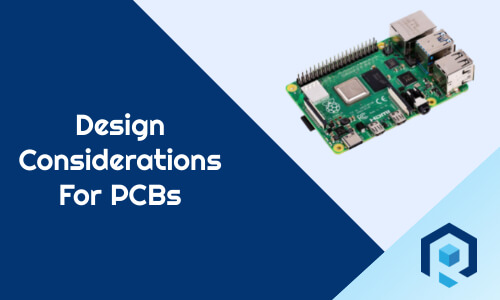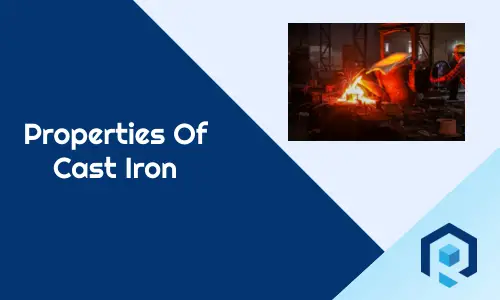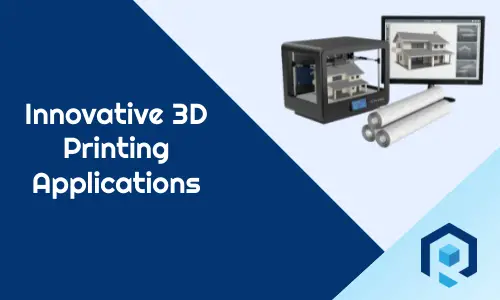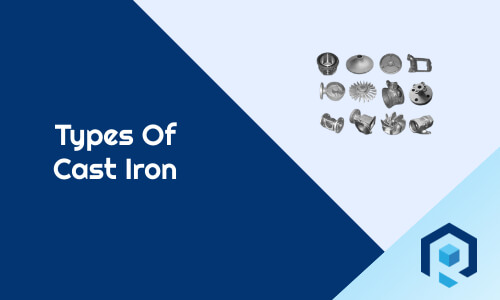The bending process is a widely used forming process for sheet metal parts. Parts like enclosures, computer cases, etc., are made using the bending process.
Many times plastic parts are converted to sheet metal parts, and bending plays a big role in that conversion. Let’s learn more about bending, types of bending, and a detailed process related to air bending, bottoming, and coining.
What Is bending?
Bending is a sheet metal forming process to create a V shape, U shape channels along a straight axis of sheet metal. The more ductile the sheet metal is, the easier it to do the bending. Bending shape and size depends on the tools used, the thickness of the sheet metal, types of material used, etc.
You may like to read: Difference between HRCA and CRCA sheet.
How bending process works?
Before you dig into types of bending, we should understand how the bending process or bending operation works. We need to know the working principle of bending operations.
In bending, there is usually a die that is fitted in the press brake. This is a stationary channel-like part. The die has the outer shape of the bend that is going to be produced. There is a tool attached to the ram of the machine with the help of clamps and has rounded edges that form the bend’s inner shape. This tool is called a punch. Punch is a moving part and creates the bending force.
The tool moves downward and puts pressure on the sheet metal. When the pressure is more than the sheet metal plastic limit, the sheet metal undergoes the plastic deformation stage and takes the shape of the die underneath. Once the operation is done, the punch again moves upwards for the next cycle. This is the whole process of bending.
![Types Of Bending: Air Bending, Bottoming & Coining [PDF] 1 types of bending](https://www.riansclub.com/wp-content/uploads/2020/08/types-of-bending-1.png)
In bending, we need to understand a common phenomenon called Springback. When the tool is ejected, the sheet metal tries to go back to its unbend stage up to some extent. This happens due to the elastic property of sheet metal. That is the reason always you will get a different angle than what is intended from bending. This is called Springback.
You always need to compensate for that extra bend angle during the bending operation. For example, if you need a 90-degree bend, you may set the tool to produce an 89-degree bend. So that after spring back correction, you get your 90-degree bend.
The spring-back angle depends on the types of material used, the material composition, especially the carbon content. If the carbon content is more, you will have less spring back. It also depends on the tool shape, sheet metal inner bend radius, etc.
![Types Of Bending: Air Bending, Bottoming & Coining [PDF] 2 springback](https://www.riansclub.com/wp-content/uploads/2020/08/springback-1024x498.png)
Types Of Bending
There are basically three types of bending used extensively. However, there are some other types of bending processes also. But discussing all those in a single article could be too much. I will post different articles on all those processes.
- Air Bending
- Bottoming
- Coining
Air Bending
Air bending means the sheet metal part is in the air when the bend is performed. Please look into the below picture. It shows that only at two-point is the part touching the die. When the punch is coming in contact with the part, it is still in the air. That is why it is called air bending. In the case of air bending V shape and U, shape parts only can be fabricated.
![Types Of Bending: Air Bending, Bottoming & Coining [PDF] 3 air bending](https://www.riansclub.com/wp-content/uploads/2020/08/air-bending.jpg)
Since the air bending is done on the air, and there is minimal surface contact between the part and die surface, it is tough to control the angle. Often in air bending, the angle variation is up to +/- 0.5 degrees. But In air bending, you can choose a wide variety of angles from the same too set.
The bending pressure required is less in the case of air bending. The reason being, the punch does not necessarily need to touch the die surface. The inner radius of the bend is not dependent on the die radius at all. However, it is dependent on the punch radius.
The spring back is more in air bending as the bend is done on the air. Due to the spring effect, the spring back is more in air bending. Below is a table that shows the ideal V width, Inner radius, and angle precision of air bending, bottoming, and coining.
![Types Of Bending: Air Bending, Bottoming & Coining [PDF] 4 types of bending](https://www.riansclub.com/wp-content/uploads/2020/08/types-of-bending.jpg)
Here T is the sheet metal thickness
| Bending Method | V Width | Inner Radius | Angle Accuracy |
|---|---|---|---|
| Air Bending | 12T-15T | 2T-2.5T | +/- 0.45 degree |
| Bottoming | 6T-12T | 1T-2T | +/- 0.15-0.30 degree |
| Coining | 4T-6T | 0-.5T | +/- 0.10 degree |
Advantages Of Air Bending
- Wide range of bending angle selection possible
- The less bending force is required
- Comparatively cheaper tooling
- Less maintenance
- A wide variety of parts can have bends
Disadvantages Of Air Bending
- More spring back
- Difficult to control angle. More angle variations
- Precision parts not possible
Bottomimg
Bottoming is more or less similar to air bending, but the sheet metal parts get more contact surface than air bending. Due to this, more precise bending is possible. The angle of the spring back is also very less. The less bending force is required in bottoming compared to air bending.
In bottoming U shape bend is not possible. Only V shape bend can be created.
![Types Of Bending: Air Bending, Bottoming & Coining [PDF] 5 bottoming](https://www.riansclub.com/wp-content/uploads/2020/08/bottoming.jpg)
Advantages Of Bottoming
- More precise bend than air bending
- Less spring back
- Less bending force than air bending
Disadvantages of Bottoming
- No U shape bend possible
- Separate tooling required for separate angles
- Not suitable for precise parts.
Coining
Coining is a bending process that gives the most precise bend. The bending force is almost 6-30 times more than the air bending. The finished part takes the shape of the die opening, including the radius. The punch also goes all the way down to the die to create accurate bends.
The bend angle tolerance is coining process is about +/- .10 degree and the inner radius can go down all the way up to 0.5T.
![Types Of Bending: Air Bending, Bottoming & Coining [PDF] 6 coining](https://www.riansclub.com/wp-content/uploads/2020/08/coining.jpg)
Advantages of Coining
- Precise bend possible
- Very fewer angle variations
- Almost negligible spring back
Disadvantages of Coining
- Higher tooling cost
- More bending force
- High maintenance
Wipe Bending or Wiping or Edge Bending
Wipe bending or wiping or edge bending requires a pressure pad to hold the sheet metal parts against the die. The punch then moves up and down to bend the edge of the sheet metal. Wipe bending is much faster than any other bending process, but there is always a risk of scratches because the tool is moving over the surface directly.
If the tool radius is very less, it can even damage the sheet instead of bending it. Wipe bending is often used to compensate for the spring back of the already bent part using air bending or bottoming, or coining.
![Types Of Bending: Air Bending, Bottoming & Coining [PDF] 7 wipe bending](https://www.riansclub.com/wp-content/uploads/2020/08/WIPE-BENDING.png)
Rotary Bending
Rotary bending is similar to edge bending, but instead of a punch, rotary bending has freely moving cylinders with a final formed shape cut into it. The rotary cylinder comes in contact with the sheet metal at two-point or edges of the cut, and when it rotates further, it creates the bend.
![Types Of Bending: Air Bending, Bottoming & Coining [PDF] 8 rotary bending](https://www.riansclub.com/wp-content/uploads/2020/08/ROLL-BENDING.png)
Conclusion
Those who work in the sheet metal fabrication industry might be well aware of these bending processes. The types of bending that we discussed here are the basics. There are numerous other bending types that the industry uses. Covering all those types of bending in a single article will be too much to consume. Right? I will have a separate article to cover all those types of bending.
That’s all I have in this article. If you have any questions or queries, please write to me in the comment section, and I will be happy to reply.
Frequently Asked Questions ( FAQ)
What are the different types of bending?
Air Bending
Bottoming
Coining
What is the difference between Air bending, bottoming, and coining?
All these three bending processes have the same type of tool. The only difference is the bending force required and how precisely the bend can be made. Bending forces increases when we move from air bending to bottoming or bottoming to coining.
In the case of air bending, precision parts are not possible. But bottoming and coining gives more precise parts. Spring back decreases from air bending to bottoming or bottoming to coining.
What Is Springback?
Springback is the geometric change in a sheet metal part when the forming process is over, and punch is withdrawn.
Here is one excellent video of how Amada Press brake works..



